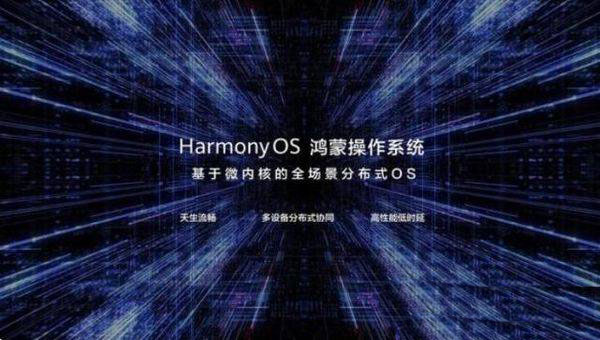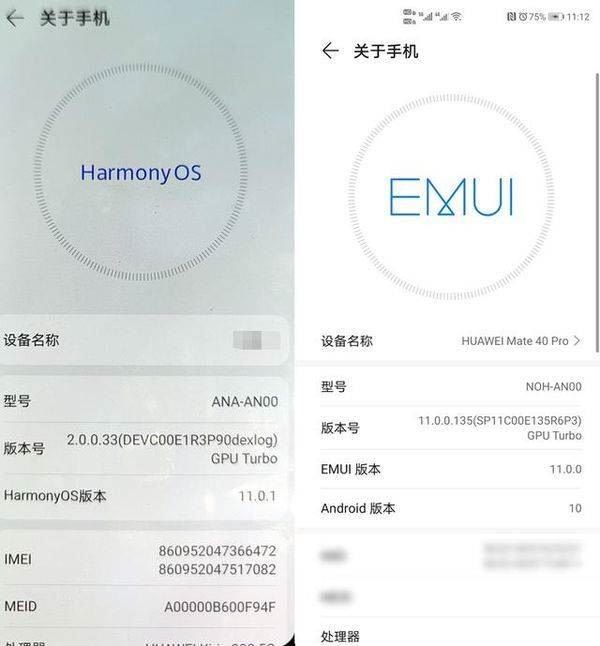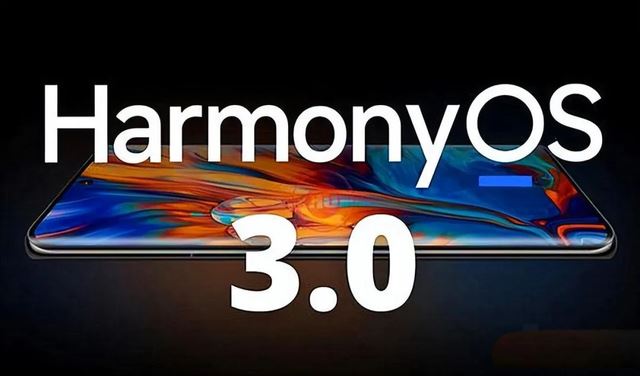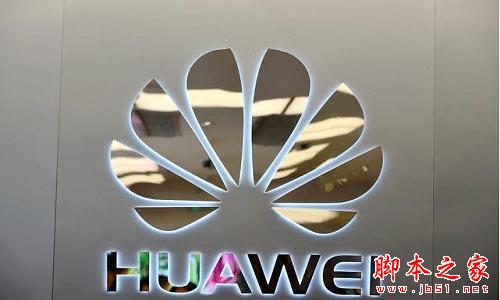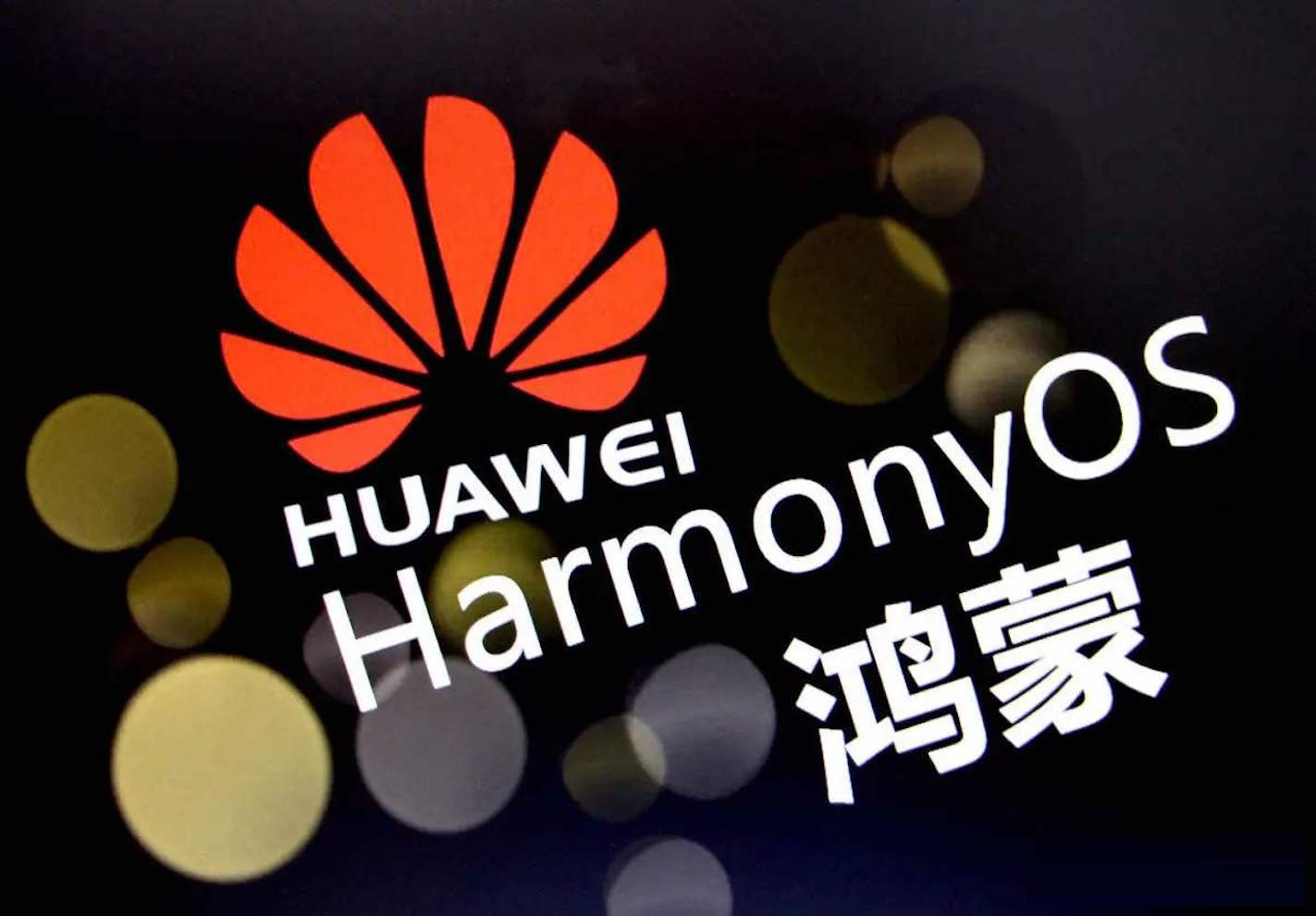初识鸿蒙OS 2 0
华为的鸿蒙OS 2 0是目前唯一个有希望和安卓、IOS对抗的全新生态系统。9月10日,在东莞正式发布。华为喊出了“HarmonyOS 2
初识鸿蒙OS 2.0
华为的鸿蒙OS 2.0是目前唯一个有希望和安卓、IOS对抗的全新生态系统。9月10日,在东莞正式发布。华为喊出了“HarmonyOS 2.0 连接无限可能”的口号,将是未来十年很有竞争力的优秀操作系统。
自定义Component
这里我编写一个简易的画板。
1.新建一个类DrawComponment 继承自Componment;
2.实现Component.TouchEventListener,用于对touch事件生成相应的path;
3.实现Component.DrawTask,用于把path画到屏幕上;
代码
DrawComponment
package com.quqx.draw;
import ohos.agp.components.Component;
import ohos.agp.render.Canvas;
import ohos.agp.render.Paint;
import ohos.agp.render.Path;
import ohos.agp.utils.Color;
import ohos.agp.utils.Point;
import ohos.app.Context;
import ohos.hiviewdfx.HiLog;
import ohos.hiviewdfx.HiLogLabel;
import ohos.media.image.PixelMap;
import ohos.multimodalinput.event.MmiPoint;
import ohos.multimodalinput.event.TouchEvent;
public class DrawComponment extends Component implements Component.DrawTask, Component.TouchEventListener {
private static final String TAG = "DrawComponment";
PixelMap mPixelMap;
Canvas mCanvas;
Path mPath = new Path();
Paint mPaint;
Point mPrePoint = new Point();
Point mPreCtrlPoint = new Point();
public DrawComponment(Context context) {
super(context);
//初始化paint
mPaint = new Paint();
mPaint.setColor(Color.WHITE);
mPaint.setStrokeWidth(5f);
mPaint.setStyle(Paint.Style.STROKE_STYLE);
//添加绘制任务
addDrawTask(this::onDraw);
//设置TouchEvent监听
setTouchEventListener(this::onTouchEvent);
}
@Override
public void onDraw(Component component, Canvas canvas) {
canvas.drawPath(mPath, mPaint);
}
@Override
public boolean onTouchEvent(Component component, TouchEvent touchEvent) {
switch (touchEvent.getAction()) {
case TouchEvent.PRIMARY_POINT_DOWN: {
//鸿蒙Log工具
HiLog.debug(new HiLogLabel(0, 0, TAG), "TouchEvent.PRIMARY_POINT_DOWN");
//获取点信息
MmiPoint point = touchEvent.getPointerPosition(touchEvent.getIndex());
mPath.reset();
mPath.moveTo(point.getX(), point.getY());
mPrePoint.position[0] = point.getX();
mPrePoint.position[1] = point.getY();
mPreCtrlPoint.position[0] = point.getX();
mPreCtrlPoint.position[1] = point.getY();
//PRIMARY_POINT_DOWN 一定要返回true
return true;
}
case TouchEvent.PRIMARY_POINT_UP:
break;
case TouchEvent.POINT_MOVE: {
HiLog.debug(new HiLogLabel(0, 0, TAG), "TouchEvent.POINT_MOVE");
MmiPoint point = touchEvent.getPointerPosition(touchEvent.getIndex());
Point currCtrlPoint = new Point((point.getX() + mPrePoint.position[0]) / 2,
(point.getY() + mPrePoint.position[1]) / 2);
//绘制三阶贝塞尔曲线
mPath.cubicTo(mPrePoint, mPreCtrlPoint, currCtrlPoint);
mPreCtrlPoint.position[0] = currCtrlPoint.position[0];
mPreCtrlPoint.position[1] = currCtrlPoint.position[1];
mPrePoint.position[0] = point.getX();
mPrePoint.position[1] = point.getY();
//更新显示
invalidate();
break;
}
}
return false;
}
}
MainAbilitySlice
package com.quqx.draw.slice;
import com.quqx.draw.DrawComponment;
import ohos.aafwk.ability.AbilitySlice;
import ohos.aafwk.content.Intent;
import ohos.agp.components.DirectionalLayout;
import ohos.agp.components.DirectionalLayout.LayoutConfig;
import ohos.agp.components.Text;
import ohos.agp.colors.RgbColor;
import ohos.agp.components.element.ShapeElement;
import ohos.agp.utils.Color;
import ohos.agp.utils.TextAlignment;
public class MainAbilitySlice extends AbilitySlice {
private DirectionalLayout myLayout = new DirectionalLayout(this);
@Override
public void onStart(Intent intent) {
super.onStart(intent);
LayoutConfig config = new LayoutConfig(LayoutConfig.MATCH_PARENT, LayoutConfig.MATCH_PARENT);
myLayout.setLayoutConfig(config);
DrawComponment drawComponment = new DrawComponment(this);
drawComponment.setLayoutConfig(config);
ShapeElement element = new ShapeElement();
element.setRgbColor(new RgbColor(0, 0, 0));
drawComponment.setBackground(element);
myLayout.addComponent(drawComponment);
super.setUIContent(myLayout);
}
@Override
public void onActive() {
super.onActive();
}
@Override
public void onForeground(Intent intent) {
super.onForeground(intent);
}
}
效果
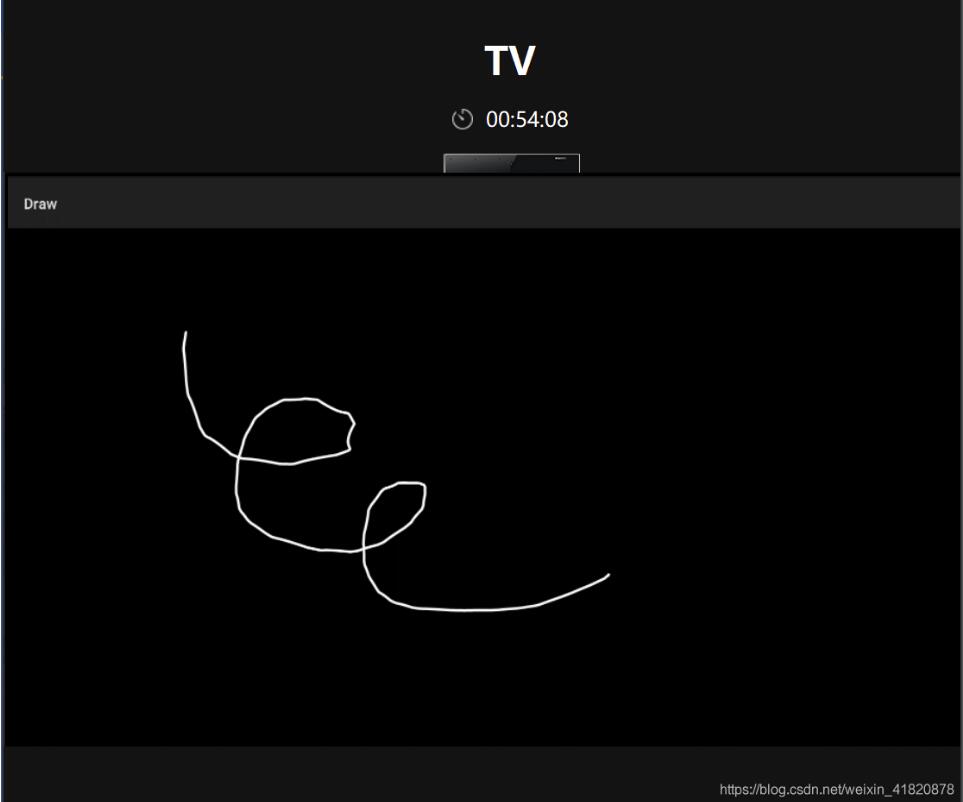
以上就是本文的全部内容,希望对大家的学习有所帮助,也希望大家多多支持好代码网。

